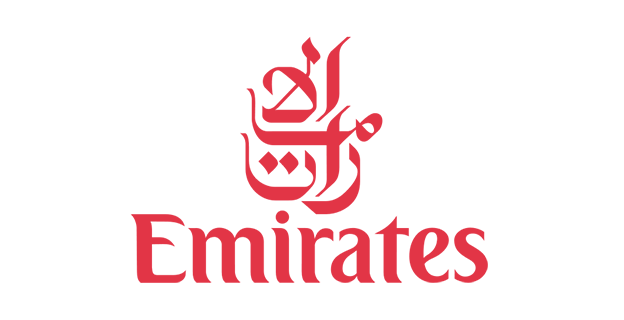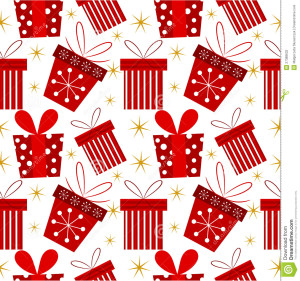If you asked for the most general definition of a logo, you’d probably get something like “a mark that stands for a company or product.” The implication is that it doesn’t matter what the mark is; anything could work. But then, can we assume the effect of a logo is universal—even across languages?
Apparently not, based on the number of global companies that have rendered their brand marks in local languages and alphabets as they set up shop in foreign markets. Logos evidently don’t operate on quite such an abstract level after all; they are ultimately linguistic artifacts and must be reckoned with as such.
So now we have a great design challenge. How do you render a famous brandmark in a new language and/or alphabet, while preserving its general look and character? Check out these great examples of multilingual branding.
Coca-Cola
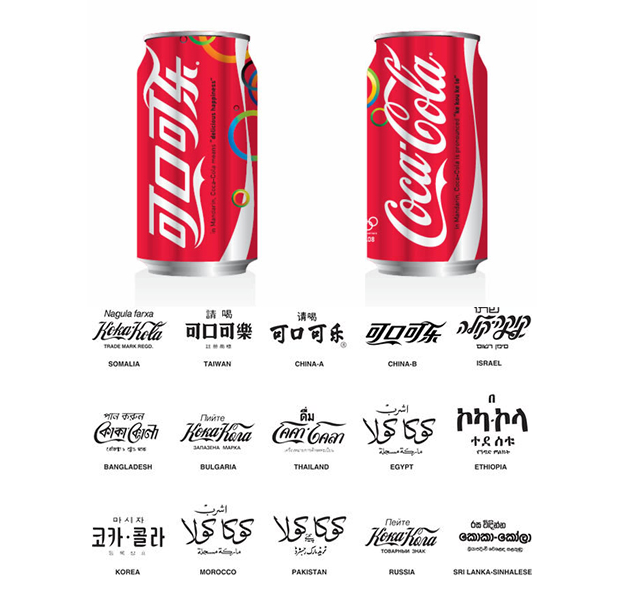
How could we start with anything other than Coca-Cola, one of the most famously global brands of all time? The classic Coke logo seems to come across just fine in most places, English speaking or not.
But as the chart above shows, the brand apparently found it advantageous to adopt the local lettering in 15 places, ranging from Taiwan to Somalia.
FedEx
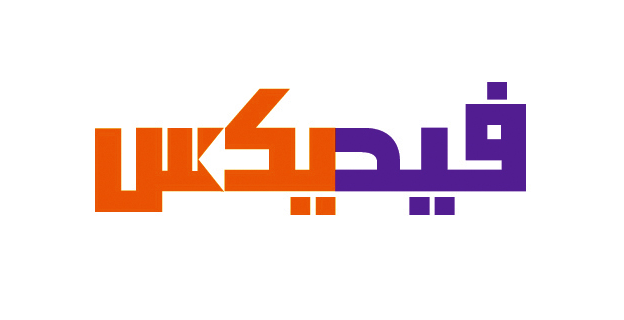
One thing’s for sure: wherever this logo was going to go, language-wise, that hidden arrow was going to come with it—no matter whether the letters can actually form that shape or not. This is what happened with the company’s Arabic version, which receives a devoted discussion on the logo smith.
Uniqlo
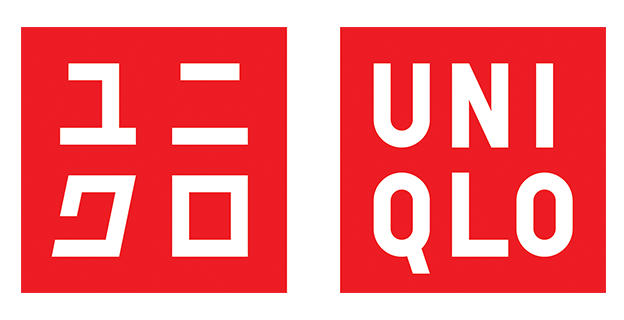
This Japanese clothing megabrand started from a pretty epic native logo, if you ask us. It’s stark, almost hieroglyphic quality gives it a paradoxically modern, almost dystopian edge (at least in the eyes of this non-Japanese viewer). Amazingly, that sense of alien power carries over even to the English version, which often appears side-by-side with the Japanese.
CNN

This elegant adaptation earns a slow clap. It’s hard to believe that the righthand text is actually Arabic, and not just the existing “CNN” logo, flattened out and reshaped.
McDonalds
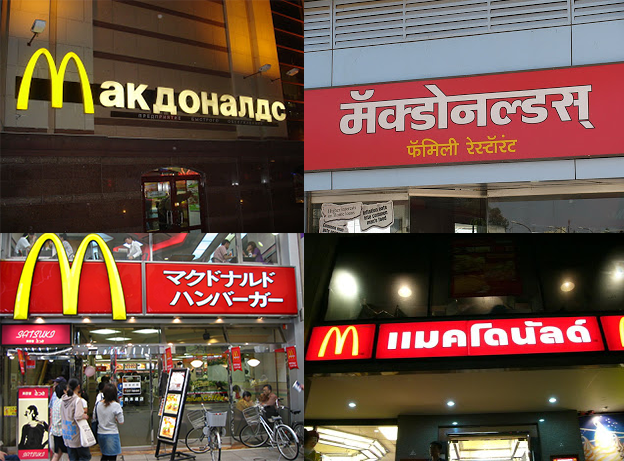
How many have been “served” at this point—a trillion? The notion is farcical, as are the company’s forays into multilingual branding. It’s hard to find much character preserved across these different regional instantiations, but no matter. We all know those golden arches are doing the heavy lifting anyway.
Subway
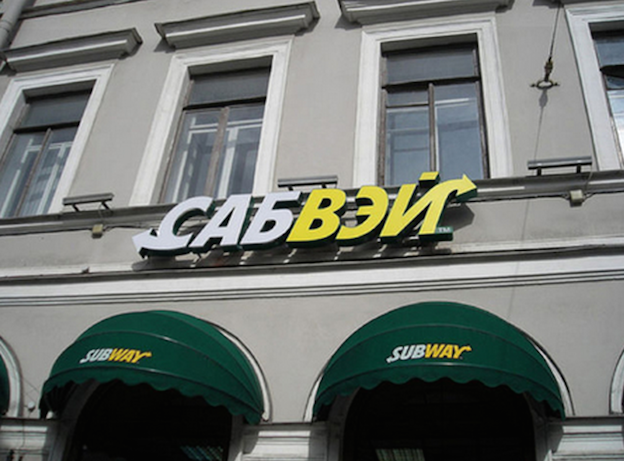
The Cyrillic letters “с” and “й” don’t accommodate arrows quite as nicely as the Roman “s” and “y,” but you’ve got to work with what you’re given, we suppose. This Russified logo simply spells out “Subway” phonetically, resulting in a word that actually sounds more like “sab-vey.” Close enough.
Sprite
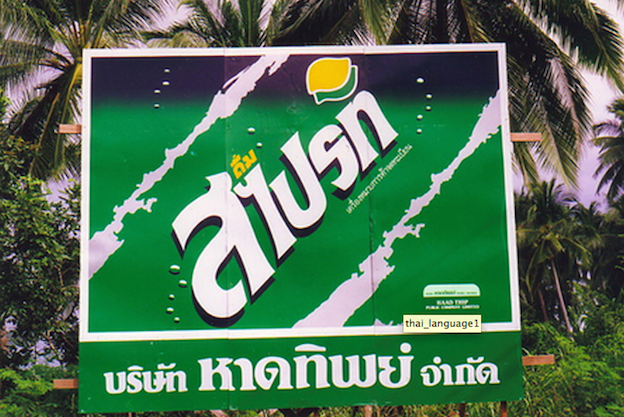
Unlike its parent company, Coca-Cola, we only found one non-English rendering of this soda brand: Thai.
Carlsberg
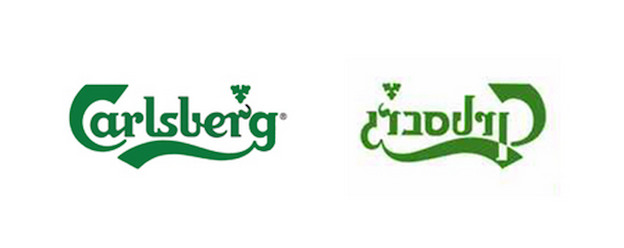
This translation from Roman to Hebrew is quite impressive. Even without the trefoil mark and swelling tail to act as aids to recognition, those letters bear a remarkable resemblance to the Roman ones. We’re assuming that this is, in fact, legible to Israelis.
More Roman-to-Hebrew
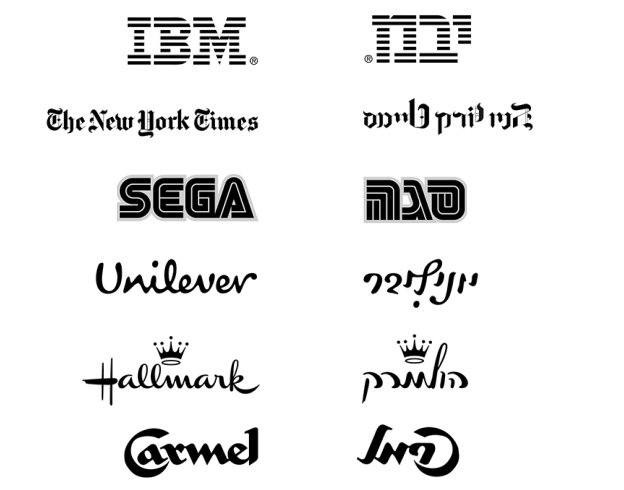
Revered Israeli typographer Oded Ezer gave his students the task of rendering a well-known brand in their native alphabet, and shared the results on Brand New. Some of our favorites include IBM, The New York Times, SEGA, Unilever, Hallmark and Carmel.
Originally non-English brands
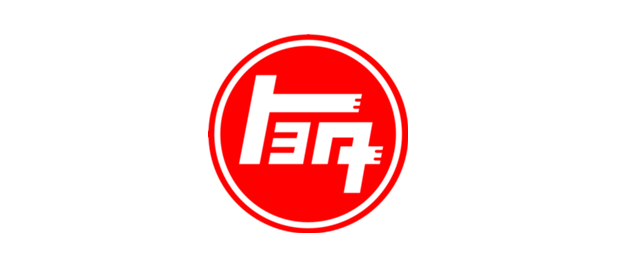
Clearly this discussion has been biased toward brands that are natively American or European and then branched into other parts of the globe, rather than vice versa. There are many examples of non-Western brands creating Roman versions of their logos. Toyota, for example, previously used the brandmark above, which spells the family name “Toyoda.”
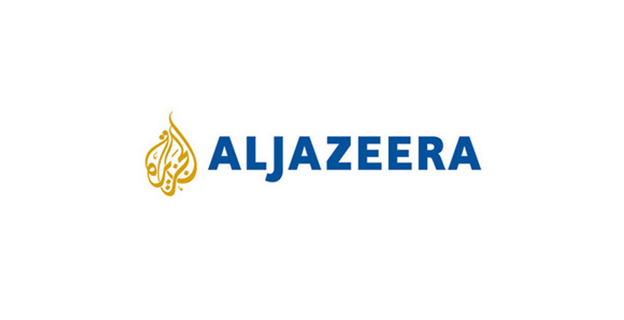
Far less common are non-Western logos that keep elements of their native script when marketing to the West. We thought of just a few (in addition to Uniqlo, which often keeps the Japanese beside the Roman): Al Jazeera and Emirates Airlines.
Do you know of any other examples of branding across language and alphabets? Share in the comments!
This article was originally published at 99designs Designer Blog. Reproduced with permission.
 Alex Bigman
Alex BigmanAlex Bigman is liaison to 99designs' awesome community of graphic designers. He is a recent grad of UC Berkeley, where he studied history of art and cognitive science.
